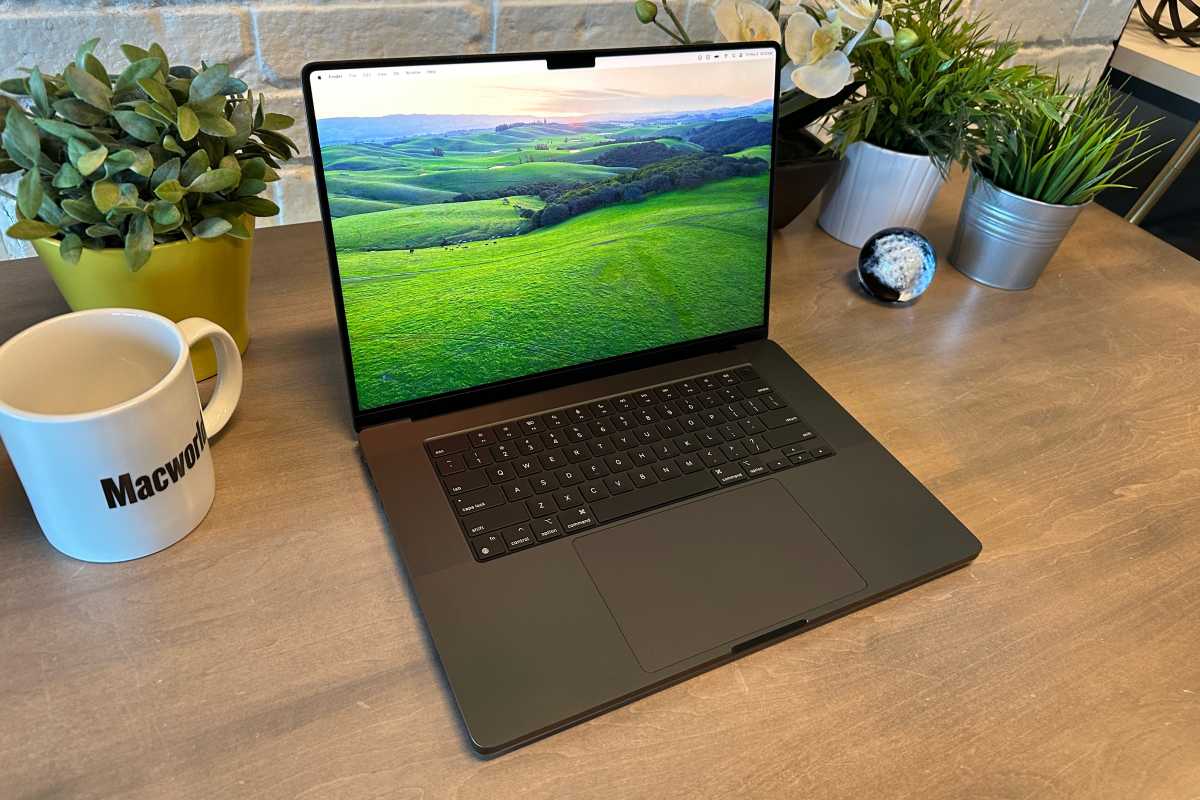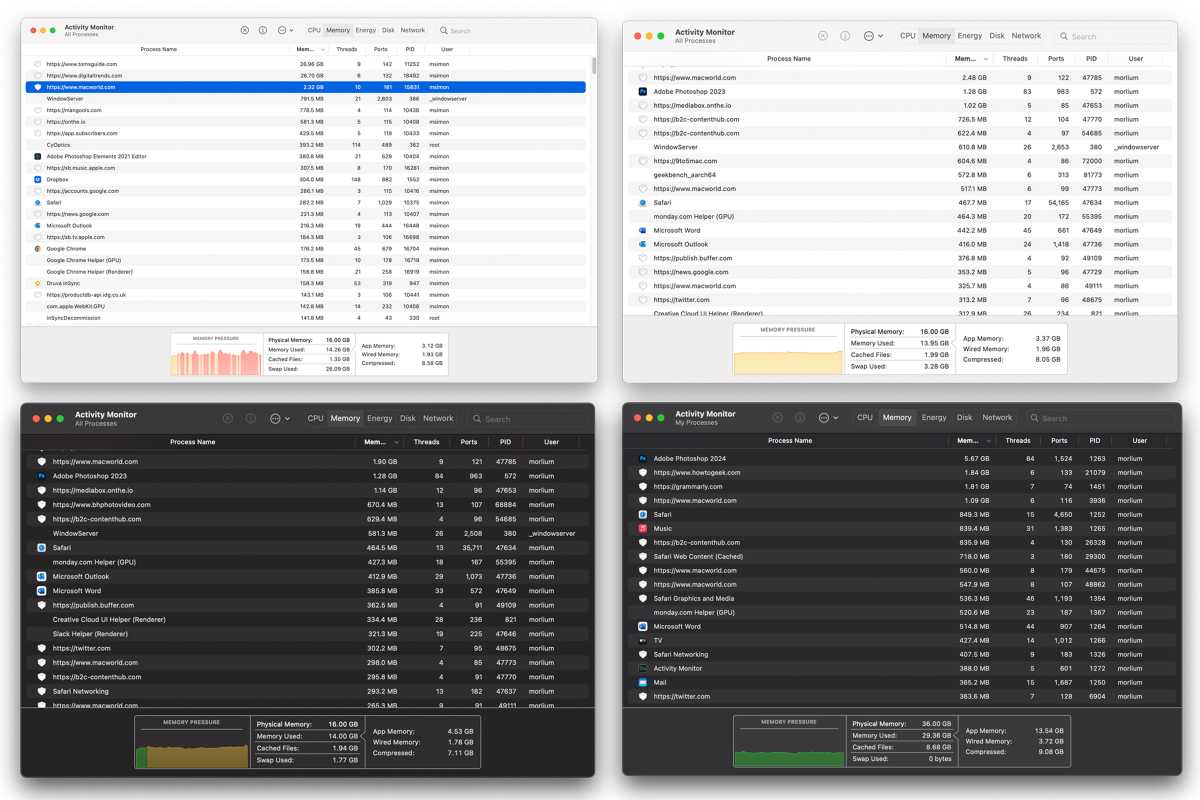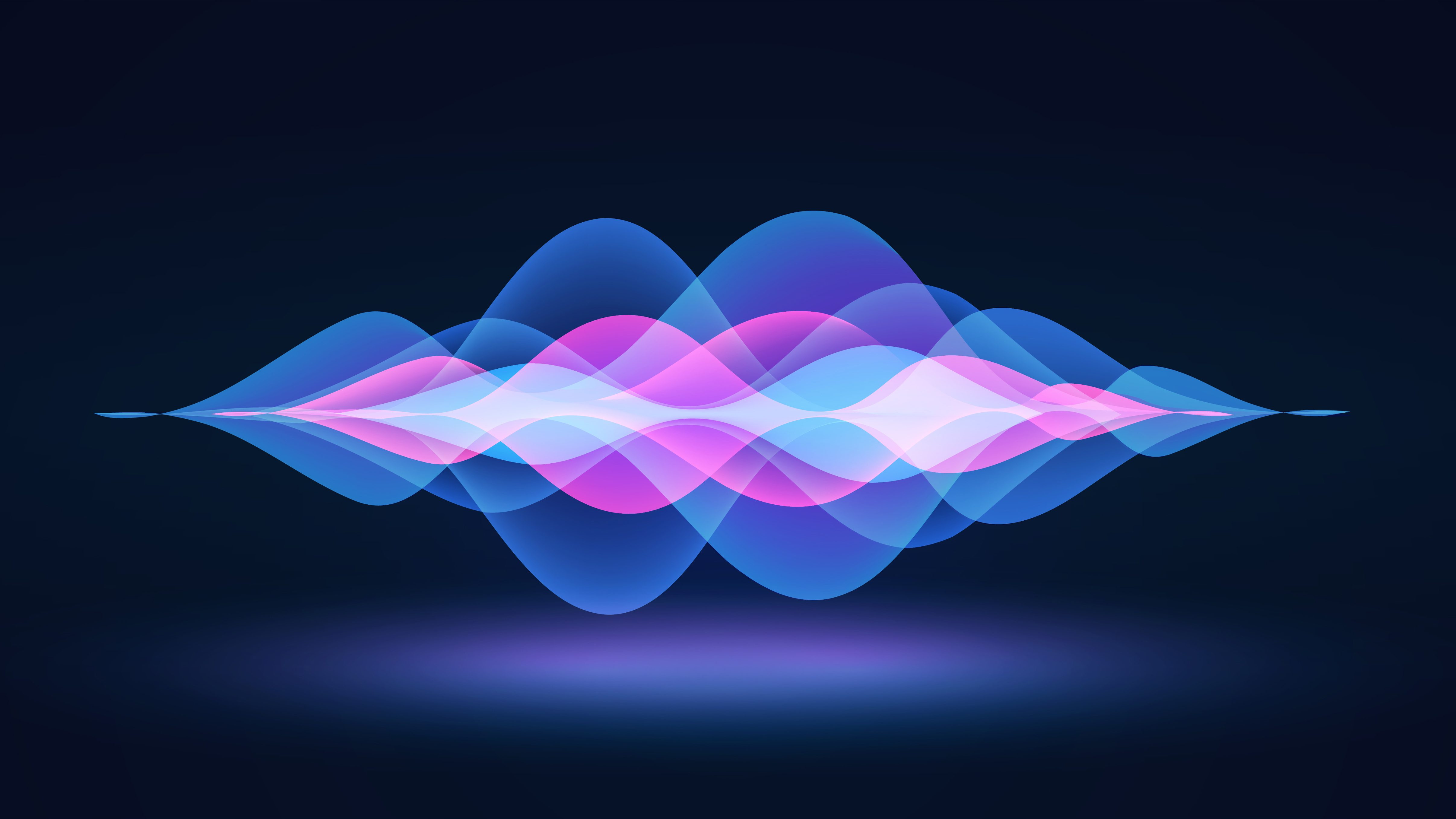
If you got a new Mac this Christmas, someone must love you a lot. So we’re sure they’ll understand if you want to exchange it for something better.
It doesn’t really matter what machine you got–I can assure you that it’s fast enough. Apple silicon has truly changed the game and even an M1 Mac from 2020 is still fast enough for most people. But you should still consider taking it back to the Apple Store and upgrading to something better.
No, I’m not suggesting to swap it for a PC. I’m talking about upgrading to a better Mac, mainly one with more unified memory. Even without knowing what Santa brought, I’m going to assume it has 8GB of memory since the only new Macs that have 16GB of memory are the M2 Pro Mac mini, the M3 Pro and M3 Max MacBook Pros. The Mac Studio starts at 32GB. Everything else that was more likely to be given as a present has 8GB of RAM, including the entry-level M3 MacBook Pro.
Even if you’re not going to be using your new Mac for more than browsing the web and watching videos, that’s not enough. And it definitely won’t be enough three years from now.

You’re going to want to get as much memory as possible for your MacBook Pro.
Foundry
Muscle memory
Whether you have a new iMac, MacBook, or Mac Pro, you need to decide how much memory you need upfront. Apple silicon uses a Unified Memory Architecture that integrates the RAM with the CPU and GPU in a system on a chip, which means system memory can be accessed quicker but also means you can’t upgrade the memory after you buy it.
RAM is the only component that you can’t upgrade externally, so what you have now is what you’ll have years from now. And if you just got a machine with 8GB of RAM, I can almost guarantee it won’t be enough. That might be enough for a Chromebook or a budget PC running Windows 11 Home, but even the cheapest Mac runs the same version of Sonoma as the most expensive.
I speak from experience, having gone from a 13-inch M1 MacBook Pro with 8GB of RAM to a 14-inch M1 Pro MacBook Pro with 16GB of RAM to a 14-inch M3 Max MacBook Pro with 36GB of RAM. And in each case, the reason why I upgraded was memory. You can see it in the image below, which shows the memory usage and pressure for each of my machines. Nothing has changed with my daily usage, but with 16GB my system routinely ground to a halt, but with 36GB of RAM, I’ve had precisely zero issues finally.

Foundry
What’s more, I haven’t used a single megabyte of swap space (temporary memory storage on the SSD used to free up physical RAM for other apps), which can degrade the SSD faster than usual. Even with 16GB of unified memory, a handful of Safari tabs and open apps can quickly eat up available system RAM, which makes your new Mac feel a lot slower and older than it is.
36GB of RAM might seem like a lot, but let’s consider the cost. Apple charges $200 for 8GB of RAM, so maxing out the memory (24GB) on a MacBook Air or iMac will cost $400. Those aren’t exactly bargain prices, but remember, you can’t just buy cheap RAM from Amazon and add it to your machine later. And a year or two from now, the extra money you spend will ensure your Mac doesn’t feel as old as it is.
Let’s face it, most people are more concerned with the color of their new MacBook than how much memory it has. And the lowest prices and sales are on those models, so machines with 8GB of RAM make the best gifts. But if you just got one, you should try to return it and get something with more RAM. If the person who bought it for you really loves you, they’ll understand.





